
Alaska’s extreme isolation and icy ecosystems have allowed distinct species to evolve remarkably. These animals are rare, and beyond that, each of them offers an insight into the state’s extraordinary ecological identity. You won’t find these creatures anywhere else. Let’s check out 10 of them.
Kodiak Bear
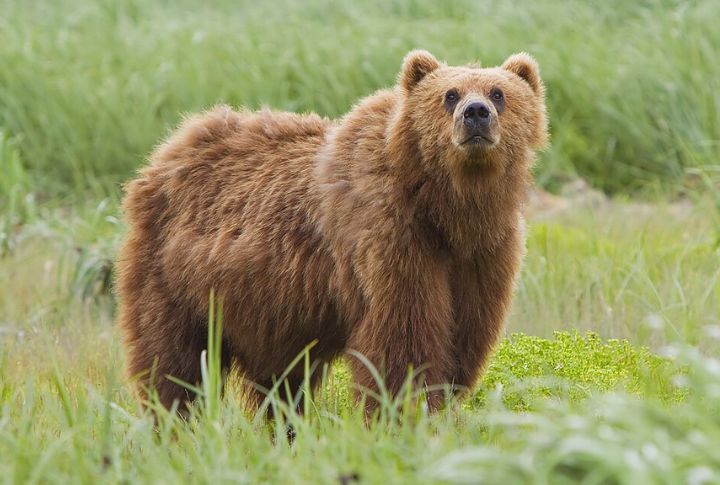
Weighing up to 1,500 pounds, the Kodiak bear stands among the largest living carnivores on land. Its thick, reddish-brown fur sets it apart from other brown bears. Isolated on the Kodiak Archipelago, this giant has adapted to its salmon-rich island environment for millennia.
Alexander Archipelago Wolf
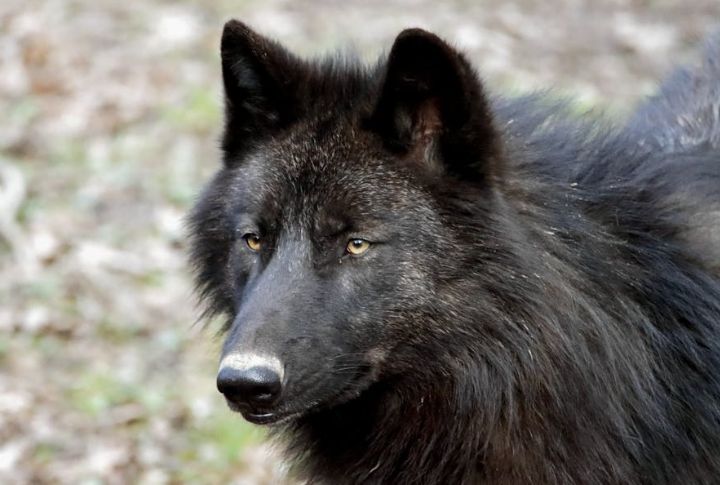
Dark-furred and smaller than mainland wolves, the Alexander Archipelago wolf lives only in Alaska’s southeastern rainforests. Genetic studies confirm its uniqueness among North American wolves. It relies heavily on Sitka black-tailed deer, a food source deeply tied to its island habitats.
Alaska Marmot
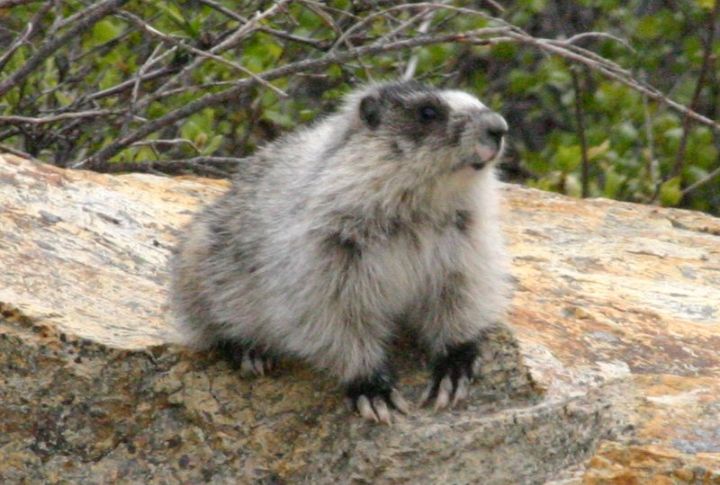
The Alaska marmot thrives in the frigid tundra of the Brooks Range. Short and coated in thick gray-brown fur, it’s the only marmot species exclusive to Alaska. These social mammals hibernate for up to eight months and retreat underground to survive harsh northern winters.
Prince Of Wales Flying Squirrel

This rare flying squirrel subspecies has dusky fur and glides silently through the dense spruce forests of Prince of Wales Island. Nocturnal and tree-dwelling, it relies on lichens and fungi. Distribution is limited entirely to Alaska’s southeastern island cluster, and that makes sightings extremely specific.
St. Lawrence Island Shrew
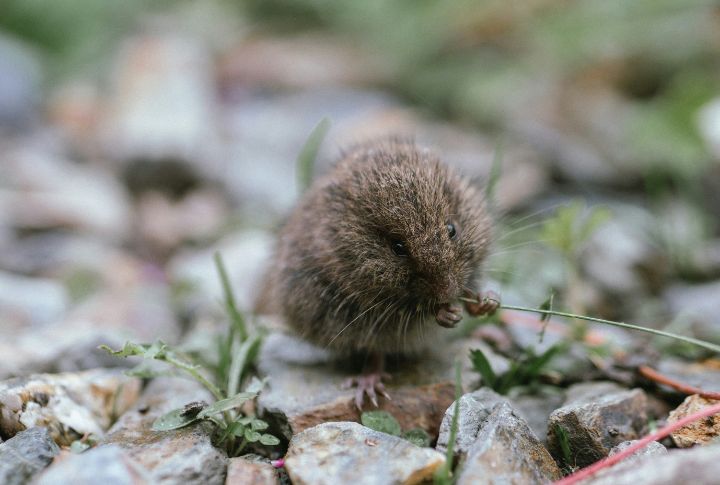
Discovered in the 1990s, the St. Lawrence Island shrew is an exceptionally rare mammal found exclusively in the area. Genetically distinct from its mainland relatives, it demonstrates remarkable adaptation to the tundra ecosystem and island isolation. The elusive insectivore survives the harsh northern conditions thanks to its dense fur and specialized feeding habits.
Oeneis Tanana
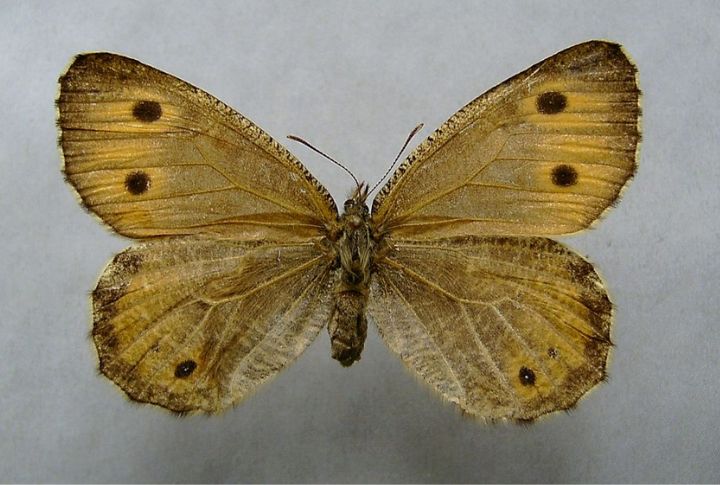
A special dusky-winged butterfly, Oeneis Tanana, is found only in Alaska’s Tanana River Valley. It emerged as a unique hybrid species adapted to the boreal forest’s cool climate. Unlike its relatives, it lives in coniferous woodlands rather than alpine tundra, thus making it an Alaskan exception.
Wrangell Ground Beetle
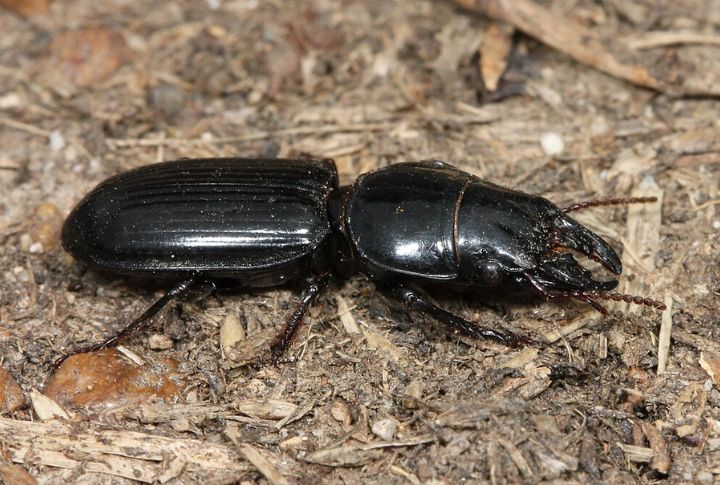
Jet-black and wingless, the Wrangell ground beetle crawls over mossy soils in Wrangell–St. Elias National Park. This insect’s inability to fly confines it to a narrow alpine zone. In that cold, elevation-limited ecosystem with little outside competition, it is one of the few predators.
Glacier Ice Worm

Mesenchytraeus solifugus, the glacier ice worm, is a creature that lives inside glacial ice and is found on coastal Alaskan glaciers like Mendenhall and Harding. Active at subfreezing temperatures, it feeds on snow algae while avoiding sunlight. No other worm species thrives entirely on glacier surfaces.
Unalaska Collared Lemming
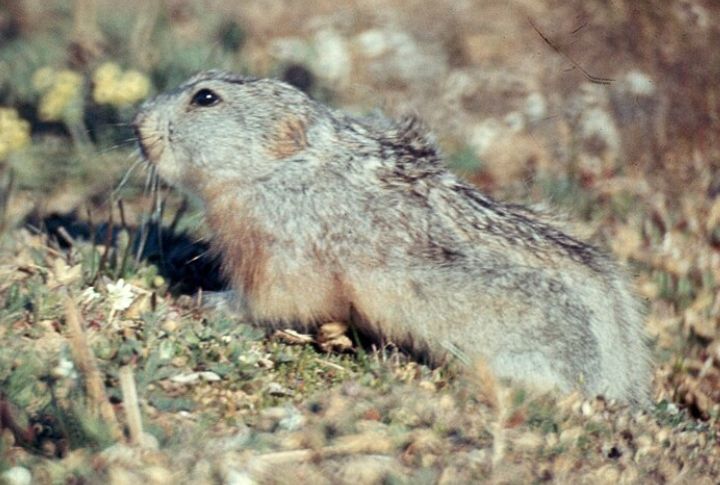
Only found in select Aleutian islands, this lemming differs in skull structure and fur density from its northern cousins. Scientists consider it a relic population, a survivor from Ice Age refugia. It’s rarely seen outside specialized studies due to its confined, remote habitat.
Pribilof Island Shrew
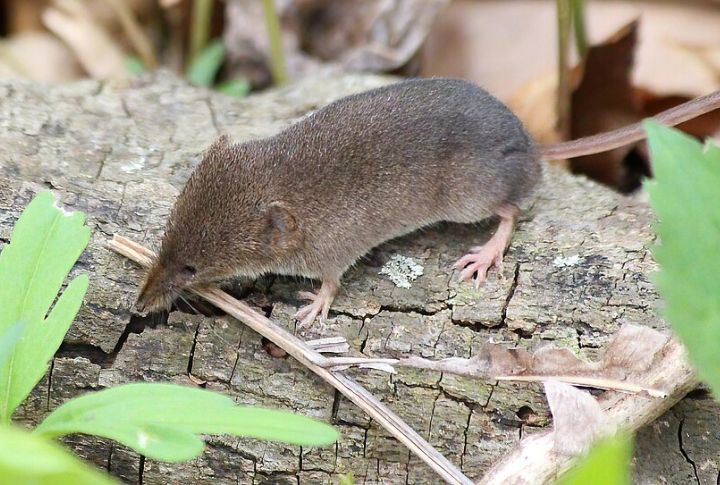
Endemic to a cluster of volcanic islands in the Bering Sea, the Pribilof Island shrew measures just a few inches long. This tiny insectivore remains elusive and is one of Alaska’s least-studied mammals. A dense, velvety fur helps it retain body heat in a cold maritime environment.

